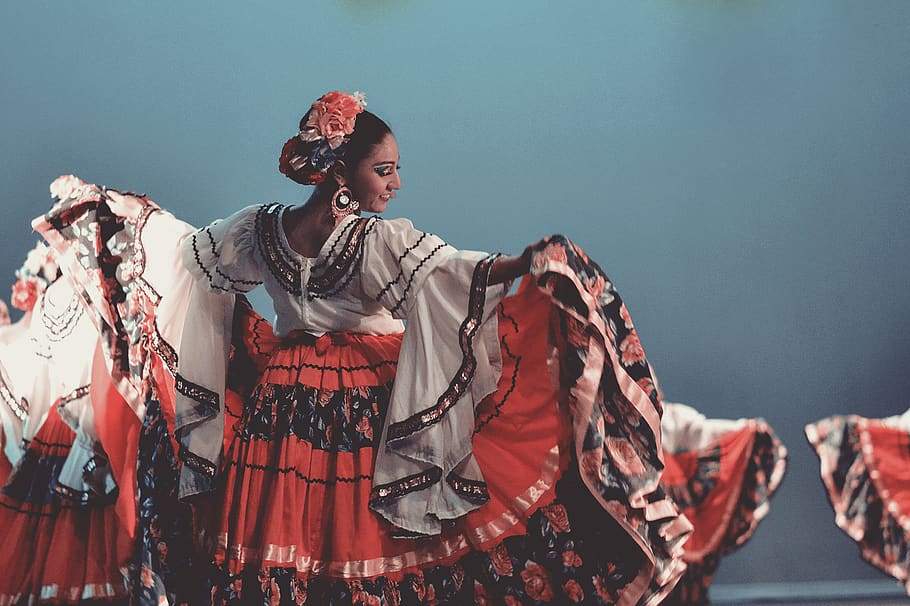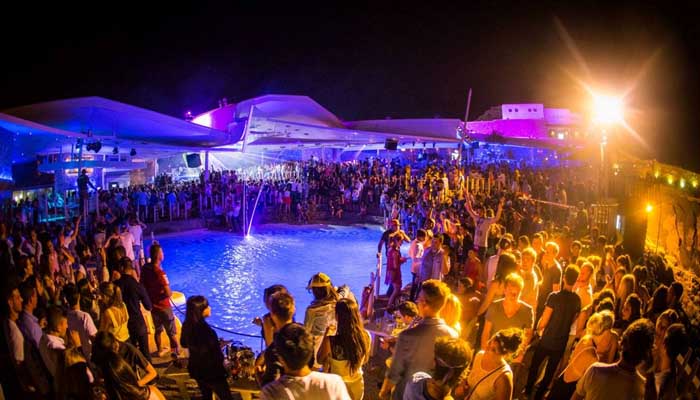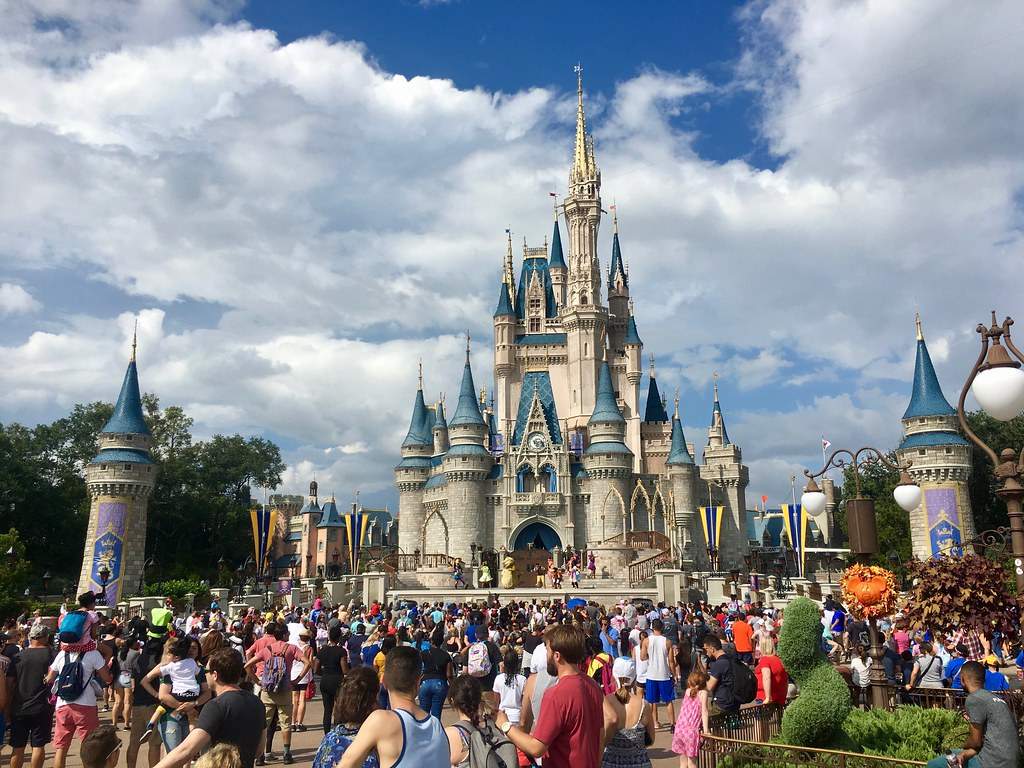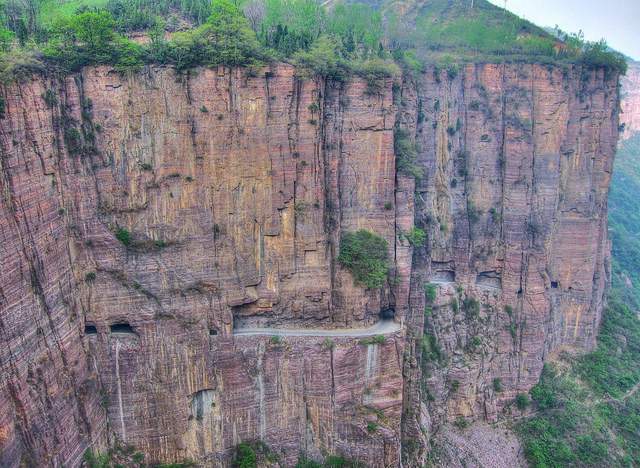Mexico is a country that boasts a rich and diverse culture with a history that spans back thousands of years. From the ancient civilizations of the Aztecs and Mayans to the vibrant and colorful traditions of modern-day Mexico, this country has something for everyone. Join us on a journey through time and tradition as we explore the many facets of Mexican culture. Discover the ancient ruins of Teotihuacan and Chichen Itza, marvel at the intricate art of the Huichol people, and indulge in the delicious flavors of Mexican cuisine. From the bustling streets of Mexico City to the tranquil beaches of Cancun, this country is a treasure trove of culture and history. Whether you’re a seasoned traveler or a curious adventurer, there’s no better way to experience the diversity of Mexico than by immersing yourself in its vibrant culture. So pack your bags and get ready for an adventure of a lifetime!
Pre-Columbian era and indigenous cultures
Mexico has a long and rich history, dating back to the pre-Columbian era. The first civilizations in Mexico were the Olmec, who lived in the Gulf of Mexico region around 1200 BCE. They were followed by the Maya, who flourished in the Yucatan Peninsula from 250 CE to 900 CE. The Aztecs were the last great civilization to arise before the Spanish conquest in the 16th century.
Each of these civilizations had its own unique culture and traditions. The Maya, for example, were known for their elaborate calendar system and advances in agriculture, while the Aztecs were renowned for their military prowess and their practice of human sacrifice. Today, the descendants of these civilizations still practice many of their ancestors’ traditions and customs, including herbal medicine and the celebration of the Day of the Dead.
Mexico has many indigenous cultures with distinct languages, traditions, and beliefs. One of the most fascinating is the Huichol people, who live in the Sierra Madre Occidental mountain range in the country’s northwestern part. The Huichol are known for their intricate beadwork and yarn paintings, which depict the spiritual world of their ancestors.
Spanish colonization and its influence on Mexican culture
In 1519, the Spanish arrived in Mexico and began their conquest of the Aztec Empire. Over the next 300 years, Spain ruled Mexico, leaving an indelible mark on the country’s culture and traditions. The Spanish brought with them their language, religion, and architecture, as well as their love of music and dance.
Perhaps the most enduring influence of the Spanish on Mexican culture is Catholicism. Today, Mexico is one of the most Catholic countries in the world, and the religion is deeply intertwined with Mexican culture. The Virgin of Guadalupe, for example, is a national symbol of Mexico and an important religious figure for Catholics throughout the country.
The Spanish also left their mark on Mexican cuisine, introducing many new ingredients and dishes that are still popular today. Some of the most famous Spanish-influenced dishes include chiles rellenos, enchiladas, and tamales.
Mexican Revolution and its impact on society and art
In 1910, Mexico underwent a revolution that lasted for over a decade. The revolution was a time of great political and social upheaval as the country struggled to free itself from the ruling elite’s grip. The revolution also profoundly impacted Mexican art, as artists began to use their work to express their political and social views.
The most famous artist of the Mexican Revolution was Diego Rivera. Rivera was a muralist who used his art to depict the struggles of the working class and the indigenous people of Mexico. His murals can be seen throughout the country, including in the National Palace in Mexico City.
The revolution also had a lasting impact on Mexican society, as it led to the establishment of a more democratic government and the redistribution of land. Today, the legacy of the revolution can be seen in the country’s commitment to social justice and equality.
Modern Mexican culture and its global influence
Today, Mexico is a vibrant and dynamic country known for its rich culture and traditions. From its colorful art and music to its delicious cuisine, Mexico has something for everyone. Mexican culture has also significantly impacted the world, influencing everything from fashion and music to film and literature.
Frida Kahlo is one of the most famous Mexican artists of the modern era. Kahlo was a painter known for her self-portraits and depictions of Mexican culture and tradition. Her work has had a lasting impact on the art world, inspiring countless artists worldwide.
Mexican cuisine is also famous worldwide, with dishes like tacos and guacamole becoming staples in many countries. Mexican music, especially mariachi, has also gained a global following, with musicians like Carlos Santana and Selena Quintanilla achieving international fame.
Regional diversity in Mexican cuisine
Mexican cuisine is incredibly diverse, with each region’s unique style and flavor. In the north, for example, the cuisine is heavily influenced by the cowboy culture of the region, with dishes like carne asada and cabrito (roast goat) being popular. In the south, the cuisine is more heavily influenced by the region’s indigenous cultures, with dishes like mole and tamales being popular.
One of the most popular dishes in Mexican cuisine is tacos. Tacos come in many varieties, from classic carne asada to exotic lengua (tongue) and sesos (brains). Tacos are typically served with a variety of toppings, including cilantro, onions, and salsa.
Another popular dish in Mexican cuisine is guacamole. Guacamole is made from mashed avocados, onions, tomatoes, and lime juice and is typically served as a dip or a condiment with tacos, chips, or other dishes.
Traditional Mexican music and dance
Mexican music and dance are important to the country’s culture and traditions. The most famous Mexican music genre is mariachi, which features a large ensemble of musicians playing trumpets, violins, and guitars. Mariachi music is often played at celebrations and festivals and is known for its lively and upbeat rhythms.
Another popular Mexican dance is the Folklorico, a traditional dance performed in colorful costumes. Folklorico is typically performed in groups, with the dancers moving in unison to the music.
Celebrations and festivals in Mexican culture
Mexicans love to celebrate, and there are many festivals and holidays yearly. One of the most famous is the Day of the Dead, celebrated on November 1st and 2nd. The Day of the Dead is a time to remember and honor loved ones who have passed away and is celebrated with colorful altars, parades, and food and drink offerings.
Another famous festival is Cinco de Mayo, which celebrates the Mexican army’s victory over the French at the Battle of Puebla in 1862. Cinco de Mayo is celebrated with parades, music, and food and is a time to celebrate Mexican culture and pride.
Mexican art and architecture
Mexican art and architecture are known for their vibrant colors and intricate designs. Perhaps the most famous example of Mexican architecture is the pyramids of Teotihuacan, which were built by the Aztecs around 200 BCE.
The pyramids are a UNESCO World Heritage Site and one of Mexico’s most popular tourist destinations.
Mexican art is also famous worldwide, with artists like Diego Rivera, Frida Kahlo, and David Alfaro Siqueiros achieving international fame. Mexican art is known for its bold colors and political themes and has impacted the art world.
Conclusion: Celebrating the richness and diversity of Mexican culture
Mexico is a country that is rich in history, culture, and tradition. From the ancient civilizations of the Aztecs and Mayans to the vibrant and colorful traditions of modern-day Mexico, this country has something for everyone.
Whether you’re interested in exploring the ancient ruins of Teotihuacan and Chichen Itza, indulging in the delicious flavors of Mexican cuisine, or immersing yourself in the vibrant art and music of the country, there’s no better way to experience the richness and diversity of Mexican culture than by visiting this incredible country. So pack your bags and get ready for an adventure of a lifetime.











